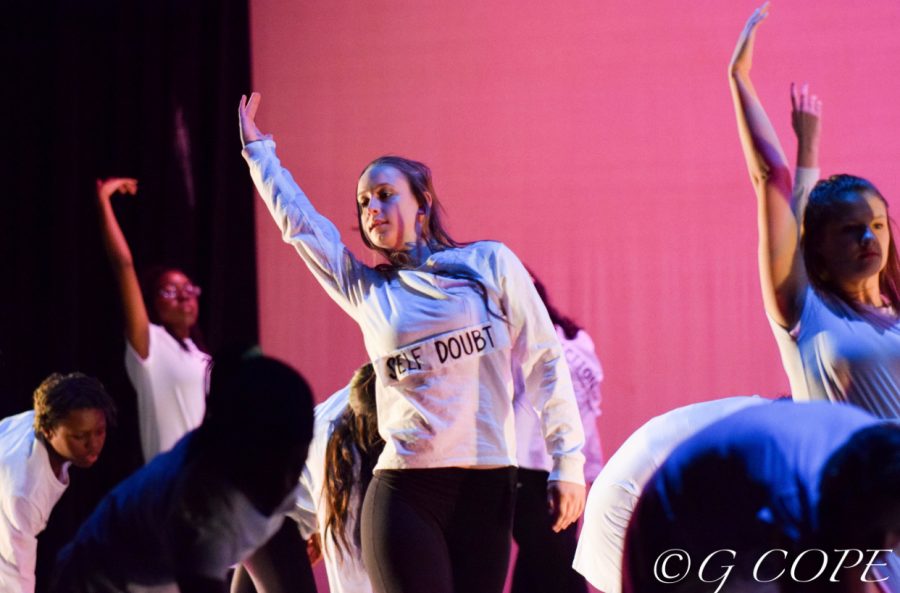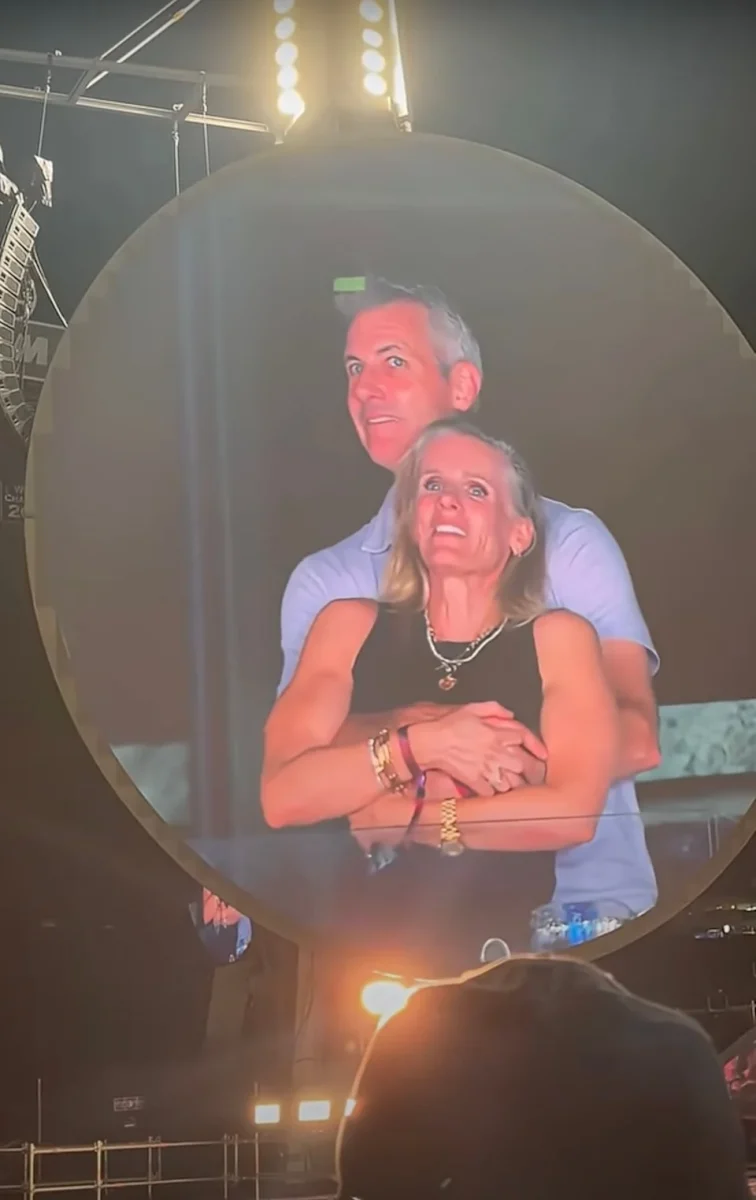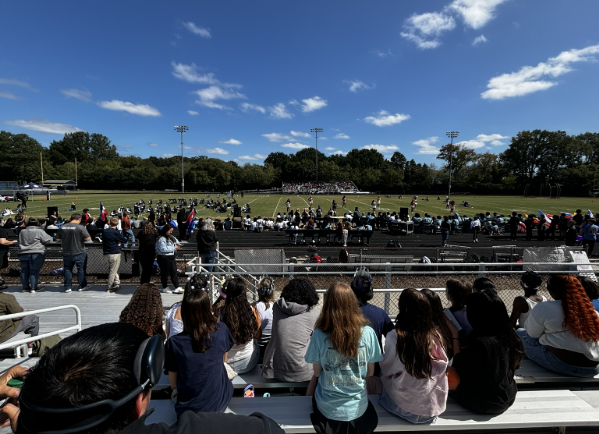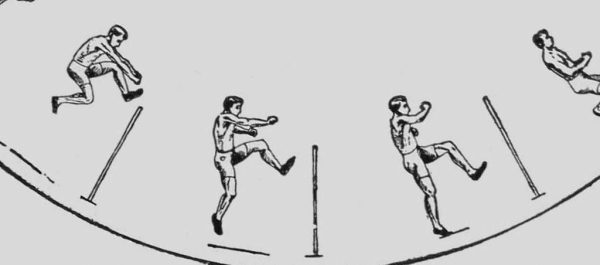Individualism continues to be overlooked
At the 2017 winter dance concert, the piece “Beauty Within” was performed by dancers with a wide variety of backgrounds. Front and center, senior Anna Williams and her fellow dancers showed they shared a close bond with each other, despite the physical differences among them.
January 6, 2019
The history of intolerance has been long and brutal, in which people who do not fit the norm are not approved of by society. There is also this irony that exists: the idea of people wanting to travel the world, experience new cultures, and taste unusual foods. Although this excitement to know diverse groups of people and gain exposure to foreign places exists, we subconsciously divide ourselves into groups based on our race or social class. To this day lines are drawn between friend groups, and we hear stereotypes and false labels. The variety of religion, race, gender, and culture that a person encounters daily are bound to be different from person to person. Now is the time to embrace this diversity, as the message of inclusiveness and acceptance is stressed more than ever in our world.
Differences both attract and repel. As people, we are wired to be attracted to those we feel similar to and most comfortable with people we believe to be like us. Instinctively, we stay close to our group and are suspicious of outsiders. This tendency plays out in real life whether we recognize it or not. A widely known example would be that walls are literally being built to separate two countries. Many people like to vacation in foreign places, but the second they feel like they are being threatened by the presence of someone different, they want to be separated. Why is this? Why are we so scared to come into contact with people outside of our group, or people who do not fit to our idea of normal?
The areas in which we differ are endless, yet, if you really think about it, we are all the same. We all experience highs and lows, and we all seek happiness and fulfillment. The similar joys and pains we experience as humans are what brings us together, so why is there ever a need for division? If we want to travel and be adventurous, accepting difference is essential. We cannot afford to treat others differently if we expect to see growth in today’s world.
It is inevitable for there to be a certain amount of categorizing in high school. Millbrook has nearly 2,500 students, and those students are certainly divided into groups, or cliques, deemed appropriate for them based on the clothes they wear, language they speak, activities they take part in, and even the music they listen to. Kids classified as theatre kids do not normally associate with popular jocks. High school is a place where being thrifty means living a whole different lifestyle than a high class shop-aholic. Sadly these patterns do not seem to go away in the real world. Sophomore Haile Desmarais said, “Even in large friend groups, you can definitely see a specific type. My soccer team has lots of cliques and they are made up of girls who fit a certain stereotype. I hear labels put on people all the time for things like race or what they like to do in their free time. Even the most inclusive people are guilty of judgement like that.”
Today’s society enforces the need to conform to the masses to maintain order and ensure stability, making individualism truly underappreciated. Without this quirkiness, everyone would be the same and life would simply become repetitious and dull. Society conditions us to think that difference is dangerous, though in reality uniqueness is what leads to diversity. Building a culture that embraces diversity, no matter the circumstances, should therefore be at the heart of change.












